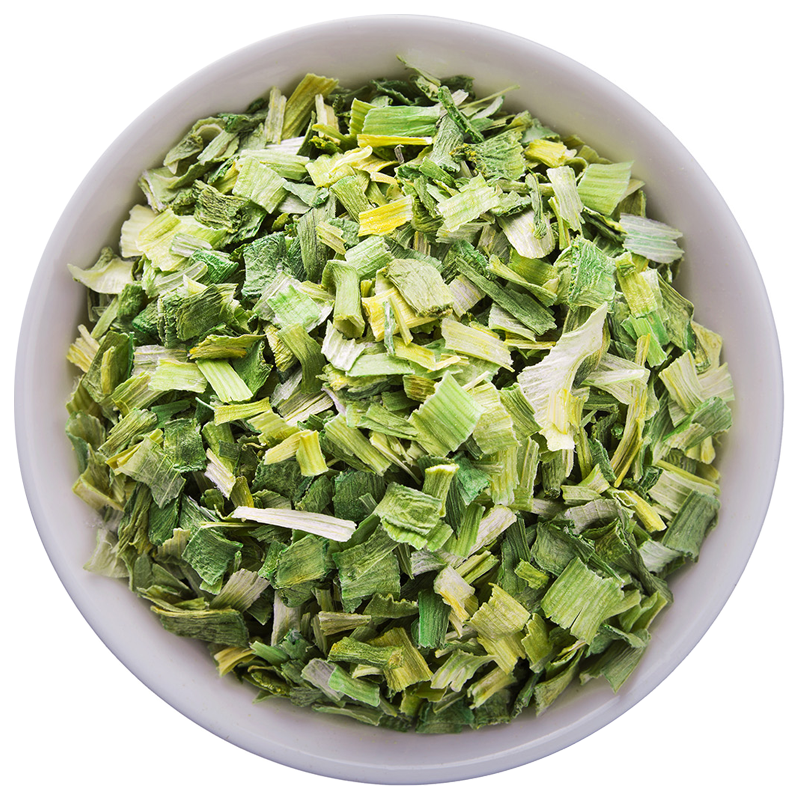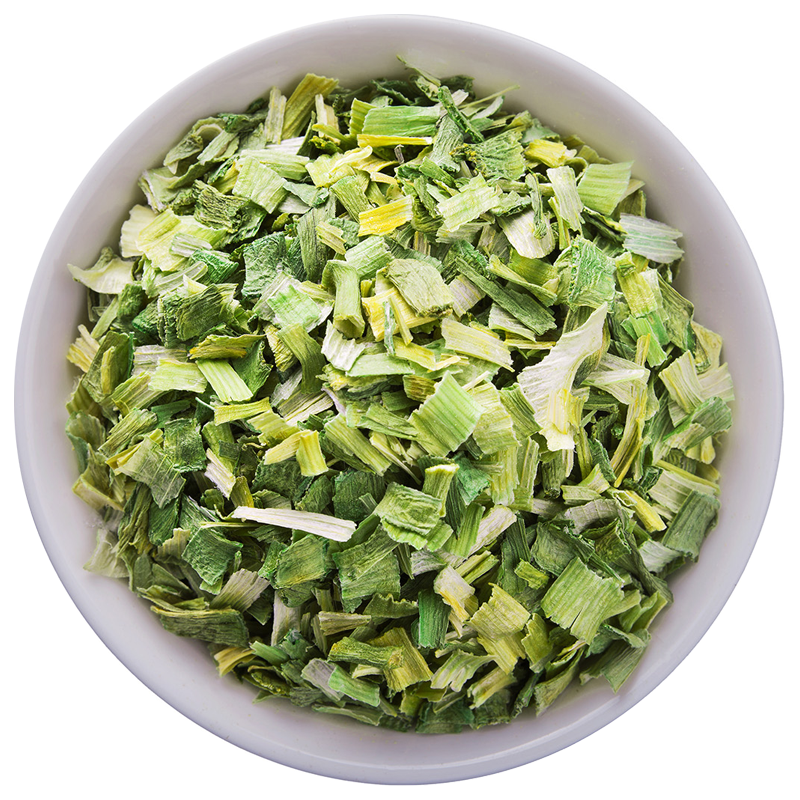Wild Lettuce: A Traditional Herb
Wild Lettuce (Lactuca virosa) is a member of the Sunflower family and has been used for centuries in folk recipes. It is often tinctured or steeped in tea. Wild Lettuce is known for its calming effects, and it's common to see it used in formulas meant to promote relaxation and support healthy sleep.
It's also used in traditional practice for its potential to relieve occasional aches and pains, as well as support respiratory health. Wild Lettuce tea and tinctures are popular for their soothing effects on the body, making it a valuable herb for natural relief.
More about Wild Lettuce
Wild Lettuce, primarily the Lactuca virosa varitey, is a plant revered in the world of herbal medicine and apothecaries for its unique relaxing quality and support of occasional aches and pains.
Known for its bitter taste, this herb contains active compounds like lactucin and lactucopicrin, which contribute to its effectiveness as a natural remedy. Traditionally, wild lettuce has been used in various forms, including teas and tinctures, both leveraging its calming and soothing effects.
Originating from Europe and Asia, wild lettuce has gained popularity across different cultures for its medicinal benefits. It's often found alongside herbs in mixtures but also used individually.
Know Your Ingredient: Wild Lettuce
| Latin Name | Lactuca virosa and related species in the Lactuca genus |
| Active Ingredients | Lactucin, lactucopicrin, lactucin-like guaianolides, flavonoids, coumarins |
| Classification Secondary Metabolite | Sesquiterpene lactones, Flavonoids, Coumarins |
| Flavor | Bitter |
| Common Use | Herbal medicine for sedative, analgesic, and antispasmodic effects |
| Origin | Native to Europe and Asia, naturalized in North America |


